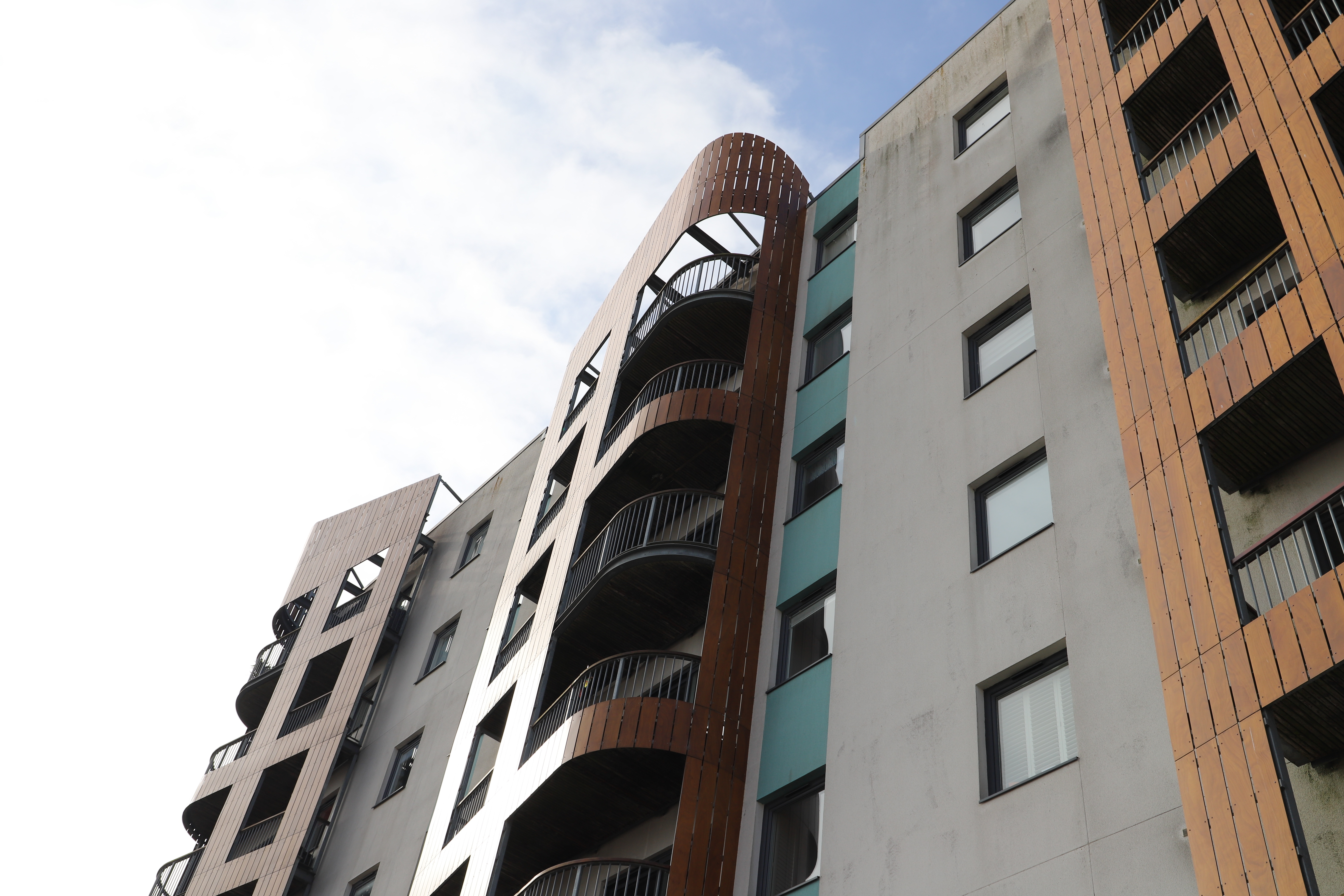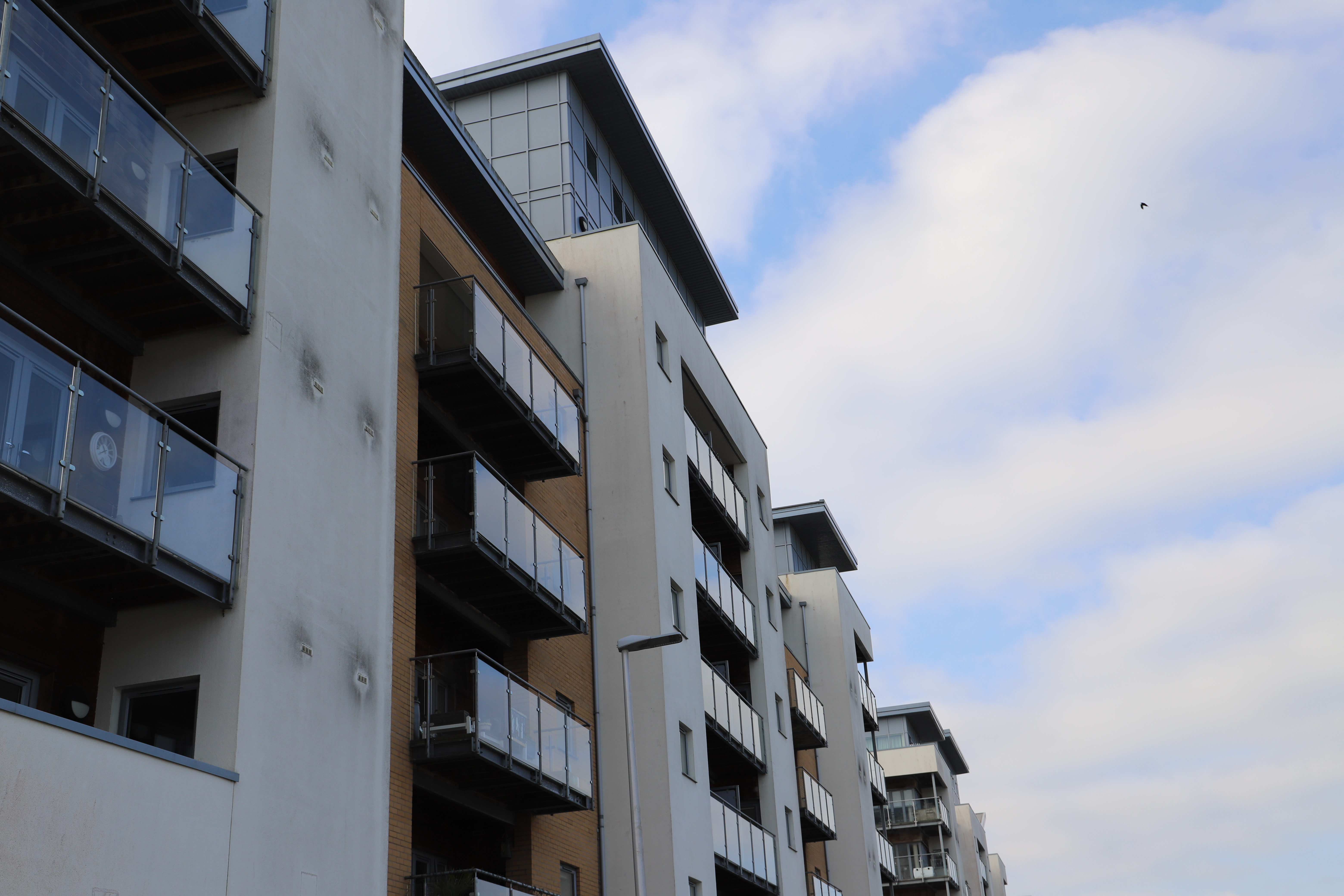The Building Safety Regulator now requires managers of buildings with seven storeys or more to submit a Safety Case Report, Firntec is here to guide you through the process and keep your structures in line with the Building Safety Act 2022. In this blog we will detail the requirements for your Building Safety Case Report in bitesize chunks to present an easy to understand guide to completing your building safety case report.
What are the 8 Stages of RIBA?
At the heart of RIBA’s methodology lies a comprehensive 8-stage plan, designed to streamline the architectural process from conception to completion. Each stage represents a crucial phase, ensuring that projects progress with precision and purpose.

Requirement 1: A Description of the Building Safety Case
Reports must provide a detailed description of the building, including construction materials compliant with safety standards, the number of occupants, fire and structural safety systems, and the incorporation of safety measures into the building’s design.
Requirement 2: Information about Building Occupants relevant to Safety risks
Identify and address safety risks based on the type of residents the building will house. Mitigation strategies should be documented, especially for accessibility features that may pose potential hazards.
Requirement 3: Emergency Plans and Preparedness Procedures
Embarking on the creative journey, Stage 2 involves transforming initial ideas into tangible concepts. Firntec collaborates closely with architects and clients, fostering creativity and innovation while maintaining a keen eye on functionality and sustainability.
In this stage, the main tasks include developing a design concept that incorporates strategic engineering needs and takes into account project strategies, cost plans, and basic specifications.
The design team will also conduct reviews of the design with clients and project stakeholders.
Stage 3: Spatial Co-ordination
Spatial coordination is a recent incorporation into the 2020 RIBA Plan of Work, replacing the ‘Developed Design’ stage in the 2013 edition.
This phase centres on a meticulous evaluation of the architectural concept through engineering analysis, design studies, and cost exercises. The primary objective is to validate that the engineering and architectural data established during the concept design phase are spatially aligned. It aims to ensure congruence with the updated cost plan, basic specifications, and overarching project strategies.
Stage 4: Technical Design
Technical design encapsulates activities that transpire post-detailed design and precede the initiation of the construction process.
Within this stage, all essential design information required for both manufacturing and construction reaches its finalization.
Critical tasks involve the fine-tuning of engineering and architectural designs, as well as the meticulous organization of Building Systems information within the design team. Furthermore, this phase entails the preparation and integration of information obtained from specialist subcontractors associated with Building Systems.
Stage 5: Manufacturing & Construction
The 2020 RIBA Plan of Work introduced a shift from ‘Construction’ to ‘Manufacturing and Construction,’ as observed in the 2013 edition.
This stage centres on constructing the systems in alignment with the selected Construction Programme specified in the Building Contract.
Key activities throughout this phase encompass the development of the building manual, concluding site logistics, addressing site queries, evaluating construction progress against the Construction Programme, ensuring construction quality, and executing the commissioning of the building.
Additionally, it entails the issuance of a practical completion certificate, signifying the contractor’s completion of the project and readiness to hand it over to the client.
Stage 6: Handover
Upon the completion of construction work, a conclusive handover is conducted to return the project to the client, marking the conclusion of the building contract. This phase involves a comprehensive review of project performance, identification of any snagging issues or defects requiring rectification, and the initiation of agreed-upon aftercare procedures.
Stage 7: Use
In the 2013 RIBA Plan of Work, Stage 7, referred to as ‘In Use,’ encompassed activities such as assessing the utilisation of a building and conducting a post-completion project review. In the 2020 edition, design and construction teams typically do not bear Stage 7 responsibilities. Nevertheless, clients have the option to consult with advisors for tasks such as post-occupancy evaluation, maintenance, insurance, addressing tenant queries, enhancing energy efficiency, and compiling documents for operation and maintenance contracts.
Our friends at Ventro Group have created an excellent downloadable document to help guide you through compiling your Building Safety Case Report which can be downloaded here. Stay informed about the Building Safety Act and its implications to guarantee a smooth compliance process.
Firntec is here to assist you in navigating through building compliance complexities, allowing you to focus on creating a safe environment. Reach out to us today and experience the benefits of our expertise.







